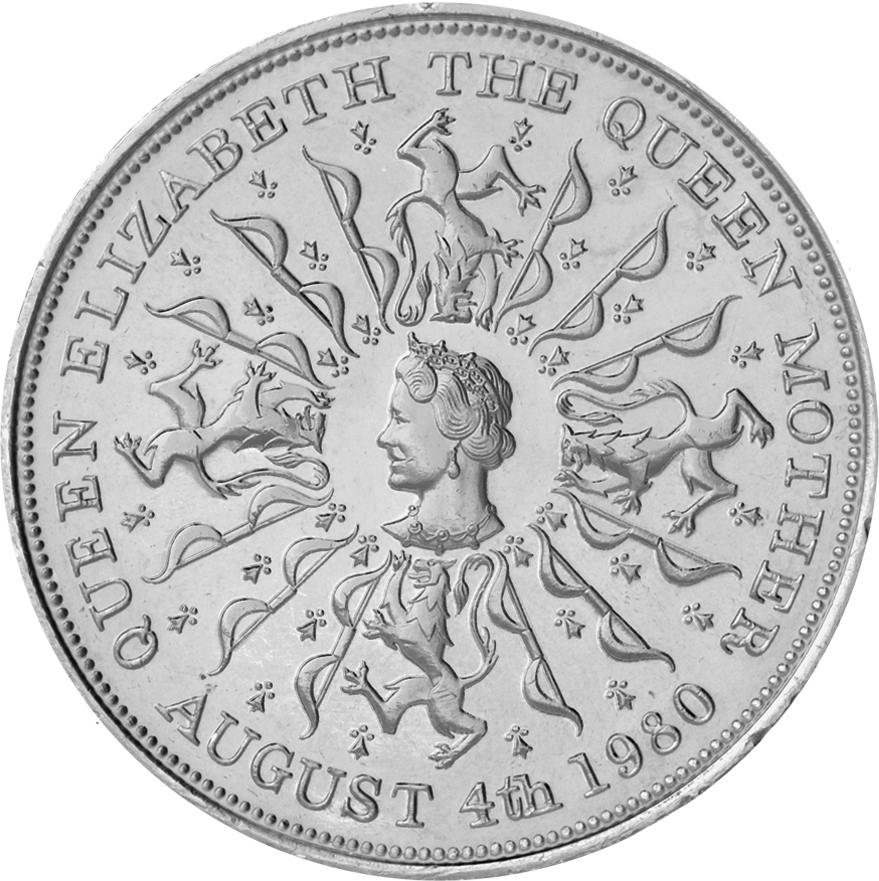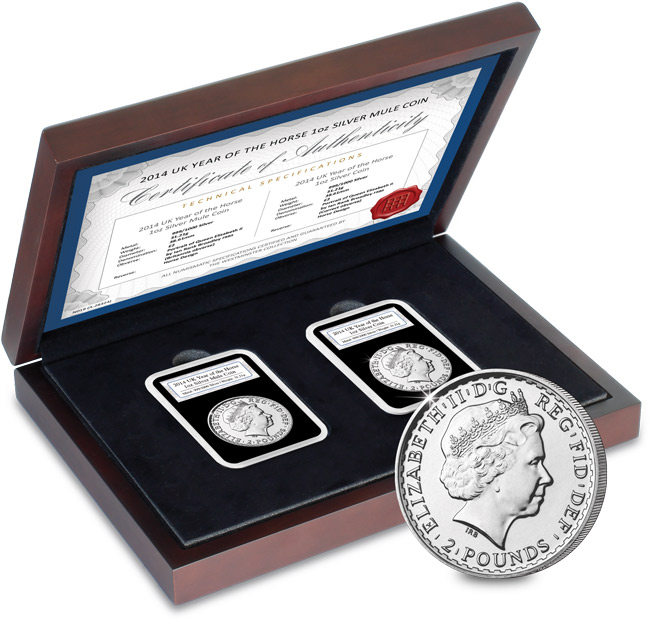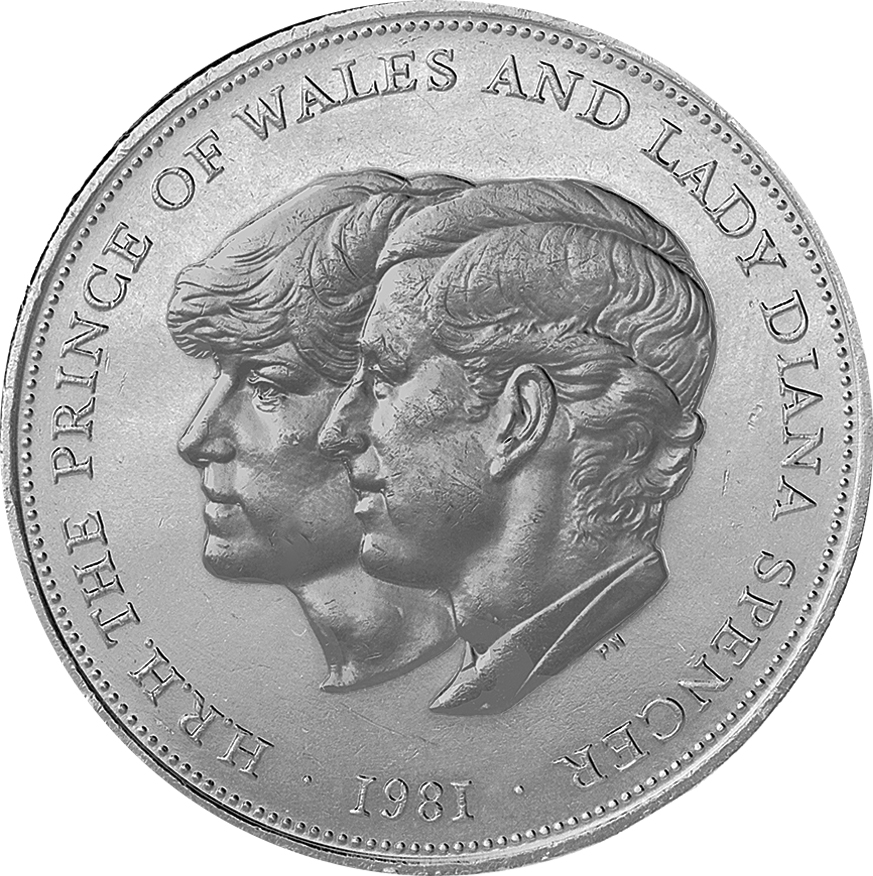Posts Tagged ‘Royal Mint’
25 pence – the ‘unknown’ denomination
Nowadays, the very idea of a 25p coin seems strange and certainly not something that would ever be adopted into our monetary system. However, between 1972 and 1981, four 25p coins were issued in the UK and if you know about them, you can call yourself a true Change Checker – as for most of us it has become the ‘unknown’ denomination.
A new decimal era
In 1971, decimalisation brought about a significant change in British coinage. Amongst other denominations, the crown, which had always traditionally been worth 5 shillings, was re-tariffed. Logic dictated that the value of a crown was now 25 pence. Logic does not always follow common sense, nonetheless in 1972 the first 25p was issued as a commemorative, and three more were to follow:
The very first 25 pence coin was struck to honour the Silver Wedding Anniversary year of Queen Elizabeth II and Prince Philip. The reverse design features their initials and anniversary dates.
Five years later in 1977, the Queen celebrated her Silver Jubilee. For this crown, a rarely seen portrait of Her Majesty on horseback was struck for the obverse, similar to the famous Coronation crown. The reverse depicts the ampulla and anointing spoon used in the ceremony.

The 1980 crown was the very first time a person other than a monarch had been portrayed on a coin in their own lifetime; that honour went to the Queen Mother for her 80th birthday. The reverse design features a pattern of bows and lions – a pun on her maiden name (Bowes-Lyon).
1981 saw Charles and Diana’s wedding. The crown issued for the occasion was the very first time that three people had been portrayed on a British coin simultaneously, with the reverse featuring a conjoined portrait of the bridal couple.
Despite their obvious lack of denomination, all the coins are legal tender, but the reality is that most banks and retailers would be reluctant to accept them. There was nothing wrong with the continuity of these 25p crowns – they were all their familiar size, all struck in cupro-nickel as before, and all commemorated a Royal British occasion.
However, the Royal Mint recognised a problem.
A denomination consigned to history
By 1990 inflation had meant that to issue such a large coin at a face value of 25p would result in a large portion of income being taken up in minting the coin. By way of comparison, the purchasing power of the first commemorative crown in 1935 was well over ten times that of a 25p crown in 1990. It was also a glaring mismatch in terms of a weight to value ratio. Four 25p crowns totalling £1 weighed about the same as 12 of the £1 coins which entered circulation in 1983.
As a result, it was determined that all future crown sized coins would have a face value of £5. In fact, nowadays if you were to ask most people the value of any crown-sized coin, their response would be £5 as we have so readily become accustomed to this new denomination.
But for those in the know, there will always be four highly collectible exceptions to the rule.
Now you can own all four of the decimal 25p crowns with The United Kingdom Decimal Crown Collection.
These are:
- 1972 Silver Wedding
- 1977 Silver Jubilee
- 1980 Queen Mother’s Birthday
- 1981 Charles and Diana’s Wedding
Complete in Change Checker Protective Cards click here to reserve.
2014 Year of the “Mule”: the Royal Mint confirms Lunar Year and Britannia striking errors
If you own the 2014 Year of the Horse Lunar Silver Coin or the 2014 Britannia coin, I suggest you go and dig them out before you read any more. That’s because it’s just possible that you are sitting on something rather unusual – a Royal Mint “mule”.
A “mule” is a coin where the one of the sides has been struck with the wrong die. And that’s what happened with some of the Royal Mint’s 2014 Year of the Horse and Britannia coins.
Officially confirmed by the Royal Mint
It seems attention was first drawn to the matter when a US dealer noticed that some of their Britannia coins had a different obverse (heads) side to the rest of the stock, lacking the denticle design around the edge, normally seen with Britannia coins.
The Royal Mint has now acknowledged the error, which has resulted in approximately 17,000 Britannia coins being struck with the non-denticled Year of the Horse obverse and 38,000 Year of the Horse coins having the denticled Britannia version as their obverse.
Selling for 250 times its original value
Perhaps the best recent example of a UK mule in recent years was the undated 20p coin, which was uncovered in 2008. Approximately 250,000 20p coins were struck using an old obverse design, which left them undated. The news was followed by a media frenzy with many millions of people searching their change in the hope finding what was to prove to be a valuable error. Indeed an undated 20p currently changes hands on ebay for around £50 – 250 times its original value.
So what of these latest Royal Mint errors? Unlike the 20p these are not general circulation coins but as bullion coin they will have been sold around the world to coin dealers and investors. That means that they will be much harder for the British general public to track down. Plus, of course, in terms of pure numbers struck, they are considerably scarcer than the undated 20p.
Early listings on ebay have been as high as £500 and above, so if you are lucky enough to own either the 2014 Britannia or Year of the Horse coins, I would definitely dig them out and take a look – it might be your lucky day.
IMPORTANT NOTICE
 The Westminster Collection has managed to acquire a small number of the 1oz Silver Year of the Horse ‘Mule’ error coins – if you are interested in owning one please click here for more details.
The Westminster Collection has managed to acquire a small number of the 1oz Silver Year of the Horse ‘Mule’ error coins – if you are interested in owning one please click here for more details.
Do you own the UK’s rarest 50p piece? And it’s not Kew Gardens.
Have you heard about the 50p coin that many thousands of people have found in their daily pocket change which was sold on e-Bay for prices upward of £100.00. Or to put it another way, 200 times its actual value?!
It was all because in 2014 The Royal Mint announced that the Kew Gardens 50p coin is the UK’s most scarce circulation coin, with just 210,000 pieces ever been placed into circulation. The result was a media storm and the inevitable overnight ramping of prices.
Half the circulation of the Kew Gardens 50p
But what few people realise is that there is an even rarer UK 50p piece that was issued in half the number of the Kew Gardens coin – just 109,000 coins.
The coin was issued in 1992 to mark the EC Single Market and the UK presidency of the Council of Ministers – perhaps not the most popular of topics, which maybe was the reason so very few were pushed out into circulation. But of course, its lack of popularity at the time, is the very thing that now makes it Britain’s rarest 50p coin.
Sadly, however hard you search, unlike the Kew Gardens 50p, you will not find this one in your change. That’s because it is one of the old-sized 50p coins that were demonetised in 1998.
The coin itself was designed by Mary Milner Dickens and pictures the UK’s place at the head of the Council of Ministers’ conference table. The stars represent each of the nations’ capital cities placed in their relative geographical position.
But it won’t be the coin’s clever design that will guarantee its numismatic interest for years to come. It is its status as the UK’s most rare circulation 50p is what will intrigue collectors and have them searching and saving up in years to come.
If you’re interested in coin collecting, our Change Checker web app is completely free to use and allows users to:
– Find and identify the coins in their pocket
– Collect and track the coins they have
– Swap their spare coins with other Change Checkers
Sign up today at: www.changechecker.org/app








